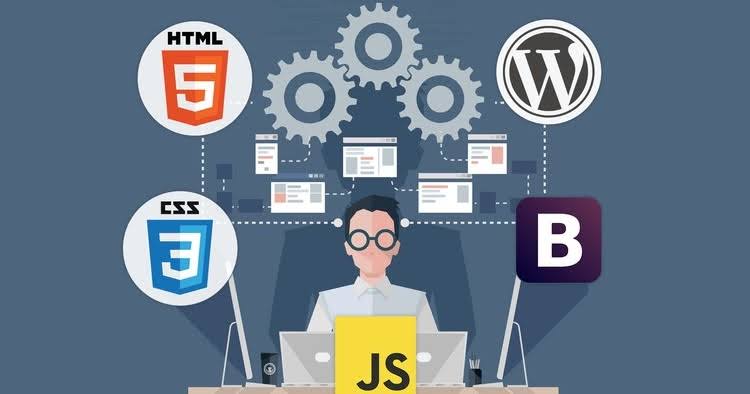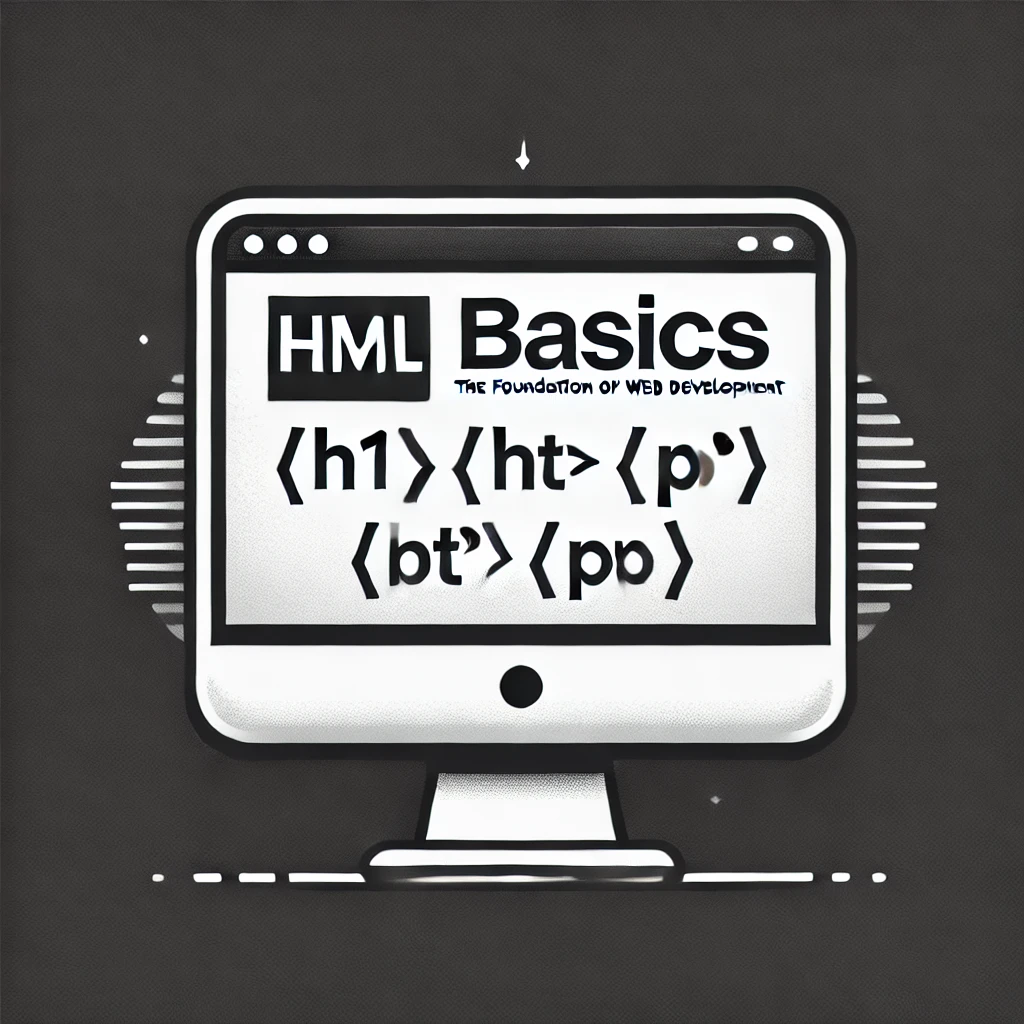A Comprehensive Guide to Front-End Development: Building the User Interface of the Web
As technology advances, front-end development continues to evolve. Here are some emerging trends

Front-end development is one of the most dynamic and creative aspects of web development. It’s the layer of a website or application that users directly interact with, encompassing everything from the layout and design to functionality and responsiveness. Whether you're a beginner or an experienced developer, understanding the core concepts of front-end development is essential to creating engaging, user-friendly experiences.
What is Front-End Development?
Front-end development focuses on the visual and interactive aspects of a website or web application. It involves translating designs into functional code that runs in the browser, ensuring seamless interaction between users and the website.
The core objectives of front-end development include:
-
Creating a Responsive Design: Ensuring websites look and function well on various devices and screen sizes.
-
Optimizing User Experience (UX): Making interfaces intuitive and easy to navigate.
-
Enhancing Performance: Ensuring fast loading times and smooth functionality.
Key Technologies in Front-End Development
1. HTML (HyperText Markup Language)
-
HTML is the backbone of any website, providing the structure and content.
-
Defines elements like headings, paragraphs, images, and links.
-
Uses tags like
<div>,<header>, and<footer>to organize content.
2. CSS (Cascading Style Sheets)
-
CSS handles the styling and layout of a website, controlling colors, fonts, and positioning.
-
Enables responsive design through techniques like media queries.
-
Popular tools include Flexbox and CSS Grid for creating complex layouts.
3. JavaScript
-
JavaScript adds interactivity and functionality to a website.
-
Enables dynamic elements like sliders, pop-ups, and animations.
-
Libraries and frameworks like jQuery, React, and Vue.js simplify development.
Popular Front-End Frameworks and Libraries
1. React.js
- A JavaScript library for building user interfaces. Known for its component-based architecture, React allows developers to create reusable UI elements.
2. Angular
- A robust framework maintained by Google, Angular is ideal for building large-scale, feature-rich applications.
3. Vue.js
- A lightweight and beginner-friendly framework with a growing community. Vue is great for both simple and complex projects.
4. Bootstrap
- A CSS framework that provides pre-designed components and a responsive grid system, enabling faster development.
Front-End Tools and Workflow
1. Version Control
- Tools like Git and platforms like GitHub help manage code changes and collaborate with teams.
2. Package Managers
- NPM (Node Package Manager) and Yarn simplify the installation of libraries and dependencies.
3. Build Tools
- Tools like Webpack and Vite bundle and optimize code for production.
4. Code Editors
- VS Code, Sublime Text, and Atom provide powerful features like syntax highlighting and debugging.
Best Practices for Front-End Development
-
Write Clean and Maintainable Code: Follow coding standards and use meaningful names for variables and classes.
-
Optimize Performance: Compress images, minify CSS and JavaScript, and use lazy loading techniques.
-
Ensure Accessibility (a11y): Design for users with disabilities by using semantic HTML and ARIA roles.
-
Test Rigorously: Use tools like Jest and Cypress to test functionality across browsers and devices.
-
Stay Updated: Front-end development evolves rapidly, so keep learning new frameworks, tools, and best practices.
The Future of Front-End Development
As technology advances, front-end development continues to evolve. Here are some emerging trends:
Progressive Web Apps (PWAs): Bridging the gap between web and mobile applications.
WebAssembly: Enabling high-performance web applications with languages like Rust and C++.
Artificial Intelligence: Integrating AI for personalized and intuitive user experiences.
3D and VR Interfaces: Creating immersive experiences using libraries like Three.js.
Conclusion
Front-end development is a critical part of the web development ecosystem, blending creativity with technical skills to build engaging digital experiences. By mastering core technologies, frameworks, and best practices, developers can create websites and applications that not only look great but also deliver exceptional performance and usability.
Leave a Comment
Releted Articles

HTML Basics: The Foundation of Web Development
With the web evolving, HTML continues to be relevant. New versions, like HTML5, introduce features for multimedia,

A Complete Guide to Back-End Development: The Engine Powering the Web
Back-end development is the backbone of modern web applications. While front-end development

HTML: The Backbone of Web Development
HTML is a markup language used to structure and present content on the internet. It defines the structure of web pages using a system of tags and attr






0 comments
There is no any command yet!